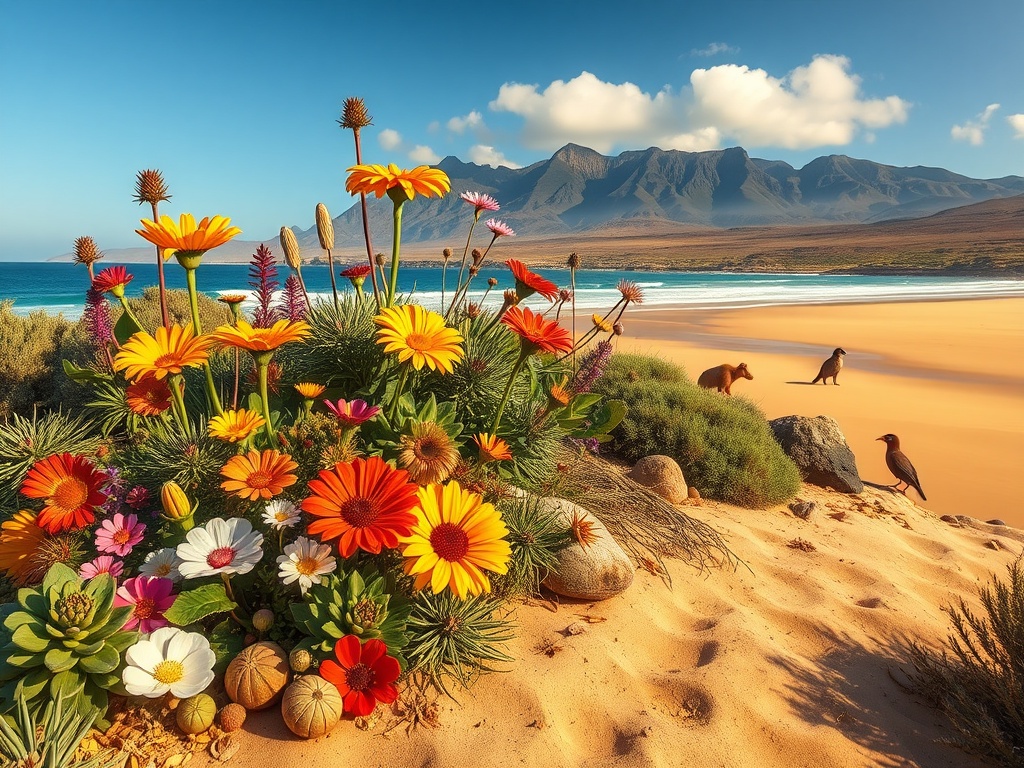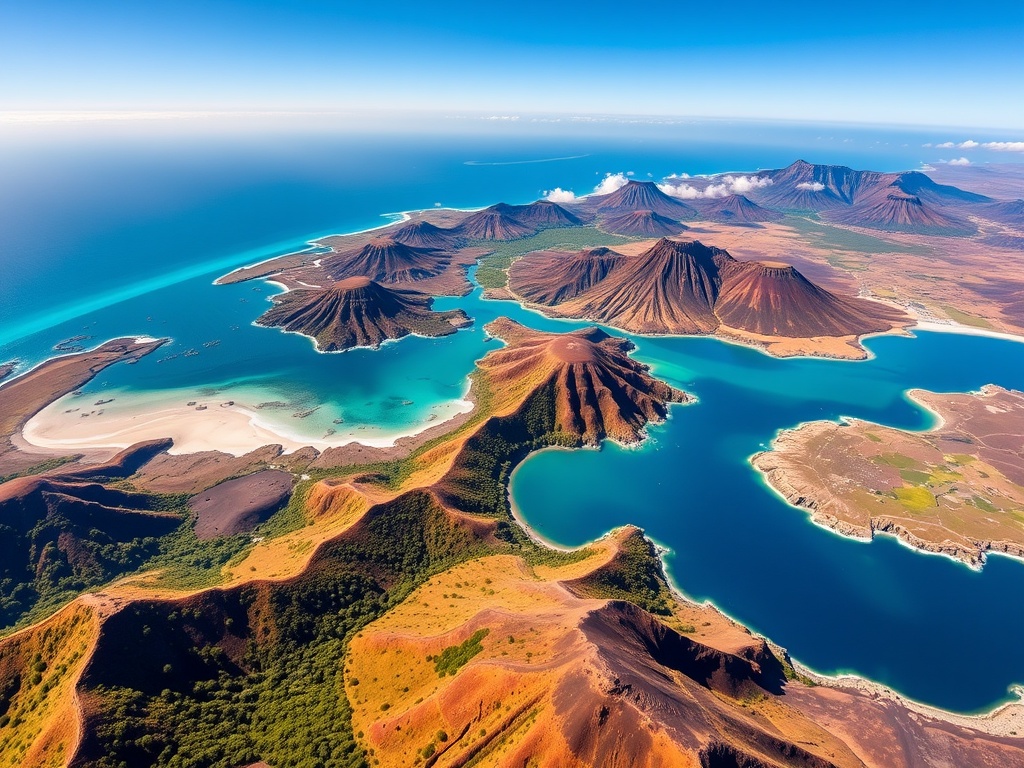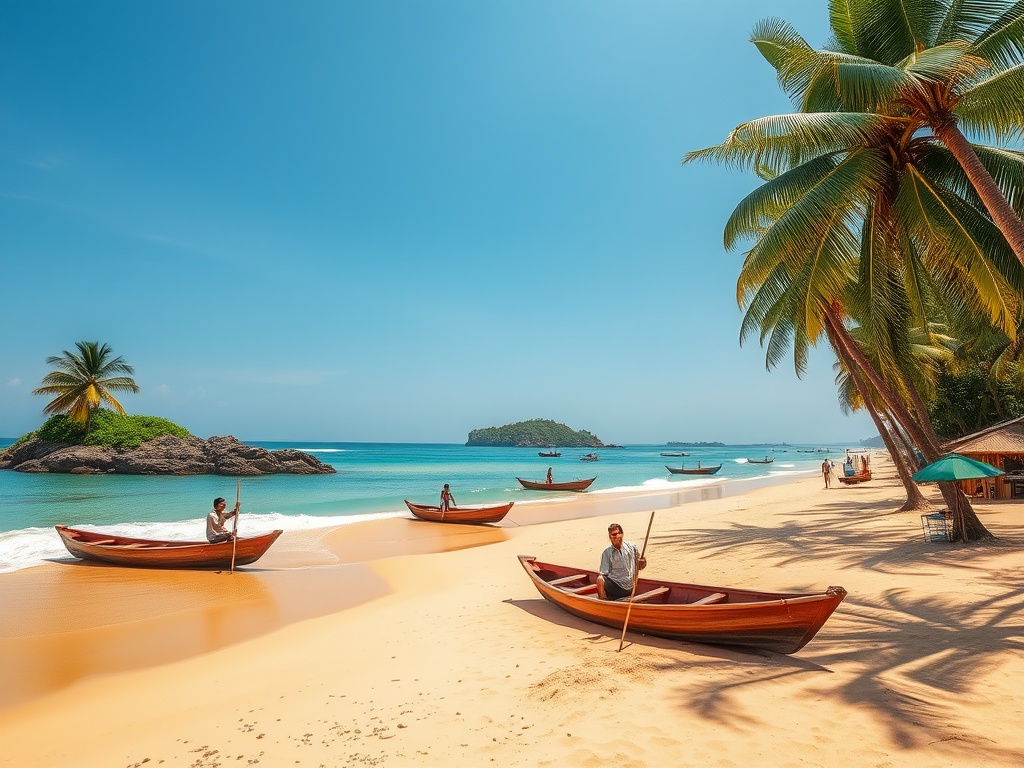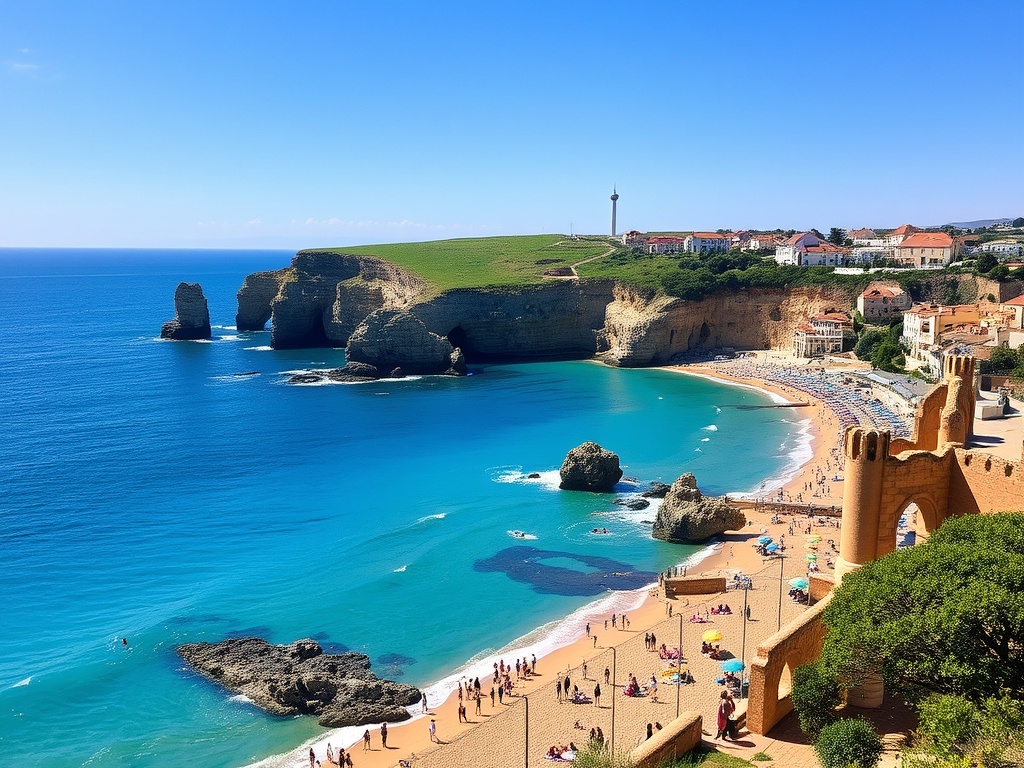Tenerife
The largest and most frequented island – and for good reason
Mount Teide stands majestically as the crown jewel of Tenerife, offering breathtaking views and a unique landscape (Photo: Andrea Comi/Getty).
Beaches: 7/10
The southern resorts are a beach lover’s paradise, featuring extensive stretches of golden sand, a variety of thrilling watersports, sun loungers galore, and an inviting promenade lined with cafés, bars, and restaurants. For a more tranquil experience, the black-sand beaches around the northern resort of Puerto de la Cruz beckon, along with the imported white sands of Las Teresitas.
Hotels: 9/10
Tenerife boasts a diverse range of accommodation options. Playa de las Americas and Los Cristianos are home to numerous budget-friendly hotels, while those seeking luxury can indulge in the opulence of the Ritz Carlton, a five-star establishment featuring a Michelin-starred restaurant. The boutique San Roque hotel in the charming town of Garachico offers a more intimate experience. With such competition, Tenerife’s hotels are renowned for providing exceptional value within the archipelago.
History and Culture: 8/10
The island’s cultural highlight is undoubtedly the world’s second-largest carnival, taking place in February. Notable attractions include the impressive Auditorio in Santa Cruz, which seats 1,800, and the UNESCO World Heritage site of La Laguna, the first city of the Canary Islands, which is rich in history.
Food and Drink: 9/10
Culinary delights abound on Tenerife. From world-class seafood enjoyed in charming villages like Los Abrigos and Tajao to eight Michelin-starred fine dining establishments, the island is a culinary hotspot.
Getting Active: 9/10
Adventure seekers will find no shortage of activities, from exhilarating watersports to stunning hikes. A memorable experience is trekking to the Refugio on the 3,715m-high Mount Teide, where an overnight stay allows for a breathtaking summit at sunset — a truly life-affirming journey.
Total: 42/50
Gran Canaria
Tenerife’s strong competitor earns its title of ‘Continent in Miniature’ due to its remarkable diversity
Maspalomas’s dunes are a unique spectacle that outshine other Canary Island beaches (Photo: Tim E White/Getty).
Beaches: 9/10
The stunning dunes of Maspalomas are among the best in the world, complemented by a variety of other beaches; even the capital, Las Palmas, offers the beautiful Las Canteras and its inviting ambiance.
Hotels: 8/10
Gran Canaria has a robust selection of accommodations catering to all budgets. However, while places like the elegantly restored Hotel Santa Catalina, a grand retreat dating back to 1890, shine brightly, the island lacks the same level of luxury five-star hotels found in Tenerife.
History and Culture: 8/10
Las Palmas boasts the most compelling old quarter in the Canary Islands, rich in museums and historical significance. The quaint inland villages add to the cultural tapestry of the island.
Food and Drink: 8/10
With six Michelin-starred restaurants this year, Gran Canaria is steadily gaining recognition for its culinary scene. The island is also famed for its excellent seafood, best enjoyed by the sea in the picturesque village of Puerto de las Nieves.
Getting Active: 8/10
Hiking opportunities abound, with trails that traverse from mountainous terrains to coastal vistas and lush forests. Climbing the iconic 1,813m-high Roque Nublo offers breathtaking views of the island’s rugged interior.
Total: 41/50
Lanzarote

Visionary artist César Manrique transformed Lanzarote into the most sophisticated and least commercialized of the four main tourist islands
Arrecife in Lanzarote showcases the island’s preserved natural beauty (Photo: Getty).
Beaches: 7/10
While the resorts have decent beaches, the finest sands can be found in the secluded Papagayo area, located at the southern tip of the island.
Hotels: 7/10
Barcelo recently opened a new five-star resort in Playa Blanca, but the four-star Seaside Los Jameos is more representative of the island’s offerings. The Finca de Arrieta provides a low-impact, family-run experience in unique yurts and lodges.
History and Culture: 10/10
Lanzarote is well worth a visit for César Manrique alone. His innovative work harmonized beautifully with the island’s natural landscapes, resulting in stunning lava-cave venues, refurbished castles, cacti gardens, elegant viewpoints, and his remarkable residences.
Food and Drink: 8/10
Lanzarote is famed for its wine tours, leading visitors through celebrated vineyards like Stratvs, as well as lesser-known wineries that are off the beaten path. The island will also join the Michelin guide in 2025, showcasing the culinary ambitions of its chefs, exemplified by Rubén Cuesta’s Kamezi.
Getting Active: 7/10
While Lanzarote lacks high peaks, it offers stunning hikes across its volcanic landscapes, including routes in the Parque Natural de Los Volcanes, as well as ample opportunities for watersports and cycling.
Total: 39/50
Fuerteventura
Often underestimated as merely a beach destination, this rugged island has much more to offer, as tourism has facilitated a thriving economy on this arid land
Fuerteventura boasts breathtaking beaches, but there are countless attractions to keep visitors engaged (Photo: Getty).
Beaches: 10/10
The Corralejo dunes are stunning, but the entire island is graced with idyllic beaches that rival those found in the Caribbean.
Hotels: 7/10
Expect solid four-star accommodations rather than lavish five-star resorts. The Barceló hotels in Corralejo are popular options; the Barcelo Corralejo Bay is adults-only, while Barcelo Sands caters to families.
History and Culture: 6/10
Fuerteventura has limited historical attractions compared to its larger counterparts. However, Mount Tindaya and its ancient carvings are captivating.
Food and Drink: 7/10
While Fuerteventura may not attract Michelin inspectors, it offers an excellent setting for enjoying freshly caught seafood at El Cotillo and a renowned local goat’s cheese.
Getting Active: 6/10
The island may lack towering mountains, but it provides ample space for off-road running, hiking, and biking. The beaches south of Corralejo are ideal for kiteboarding, while experienced surfers can take advantage of the waves along the wild northern coast.
Total: 36/50
La Palma
Affectionately dubbed “La Isla Bonita” by locals, and for good reason
Santa Cruz de la Palma is rich in heritage and character (Photo: Getty).
Beaches: 6/10
La Palma features a few serene black-sand beaches where you can unwind, such as Playa De Los Cancajos and the more rugged Playa de Charco Verde.
Hotels: 6/10
This island is not known for luxury resorts, but it does offer a superb parador located on a hillside just outside the city.
History and Culture: 6/10
The capital, Santa Cruz de la Palma, is steeped in history and charm, yet the island’s true allure lies in its stunning natural landscapes.
Food and Drink: 7/10
La Palma is gaining a reputation for its quality wines, though fine dining options are scarce. Expect homely and straightforward cuisine, particularly outside of Santa Cruz, with the parador being a notable exception.
Getting Active: 9/10
As a UNESCO Biosphere Reserve, La Palma is a hiker’s paradise, with the lush Caldera de Taburiente National Park at its core. The volcanic eruption in 2021 added even more fascinating landscapes for exploration. Ramble Worldwide Holidays offers a week-long hiking experience.
Total: 34/50
La Gomera
This rugged island, neighboring Tenerife, is a wild and mountainous contrast
Garajonay National Park is a hiker’s delight, offering stunning vistas (Photo: Westend61 / Martin Siepmann).
Beaches: 5/10
Visitors don’t come to La Gomera for its beaches.
Hotels: 6/10
Accommodations tend to be modest, with the parador near the capital, San Sebastian de la Gomera, standing out as the best option.
History and Culture: 6/10
Walking around the historic tower that has stood since Columbus’s 1492 visit is an impressive experience, as is learning about the unique ancient whistling language used by villagers in the mountains.
Food and Drink: 7/10
La Gomera arguably deserves a higher rating for its delicious spicy cheese paste, almogrote, alone. It also offers quality wines and fresh seafood.
Getting Active: 9/10
The island offers thrilling hiking opportunities in its dramatic mountains, with the Garajonay National Park being a highlight, providing stunning views of Tenerife’s Teide.
Total: 33/50
El Hierro
A three-hour ferry ride from Tenerife; this island feels more Hebridean than Canarian
El Hierro is often overlooked by tourists, offering a serene escape (Photo: Getty).
Beaches: 6/10
While El Hierro lacks postcard-perfect beaches, its shores are typically quiet and peaceful.
Hotels: 6/10
Accommodations are generally straightforward, with the parador offering a spectacular setting overlooking the Atlantic.
History and Culture: 6/10
Valverde, the island’s only inland capital, offers little in terms of attractions. However, the Volcanological Interpretation Center at La Restinga provides fascinating insights into the 2011 eruption that nearly created a new Canary island.
Food and Drink: 7/10
Valverde features hearty local fare in its simple restaurants, while La Restinga boasts fresh seafood, best enjoyed with the island’s dry local wines.
Getting Active: 8/10
El Hierro is perfect for those who enjoy cycling and hiking, offering quiet roads and tracks that allow exploration of its unique landscapes. The otherworldly juniper trees in the south, shaped by the relentless Trade Winds, make for an unforgettable experience.
Total: 33/50
La Graciosa
Only officially recognized as a Canary Island in 2018, this is a real-life Treasure Island with no paved roads
La Graciosa offers an affordable and laid-back atmosphere (Photo: Getty).
Beaches: 8/10
The island is home to breathtaking white sandy beaches, particularly in the southeast at Playa del Salado and Playa Francesa.
Hotels: 5/10
Accommodations are simple and budget-friendly, but you’ll be just steps away from the beach.
History and Culture: 6/10
La Graciosa features only two small settlements with minimal human impact. The Museo Chinijo provides insight into this wild and stunning archipelago, where Graciosa is the largest island.
Food and Drink: 6/10
Simple, low-cost cafés and restaurants in Caleta del Sebo serve fresh seafood alongside bone-dry Malvasia wines sourced from neighboring Lanzarote.
Getting Active: 8/10
Rent a bike and explore the sandy trails that wind across this charming isle. Savvy visitors often extend their stay to hike up the local volcanoes, rewarding themselves with breathtaking views.




